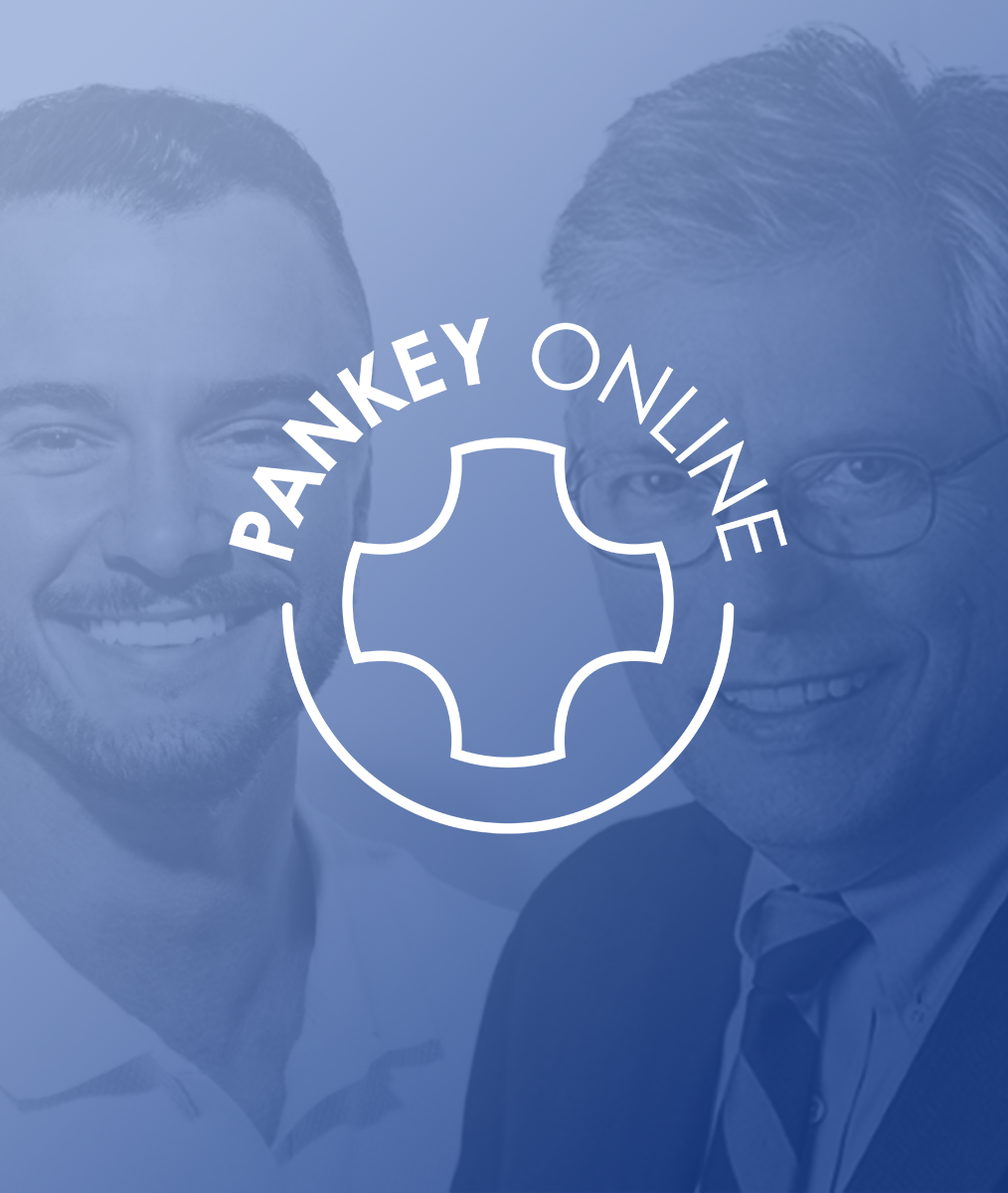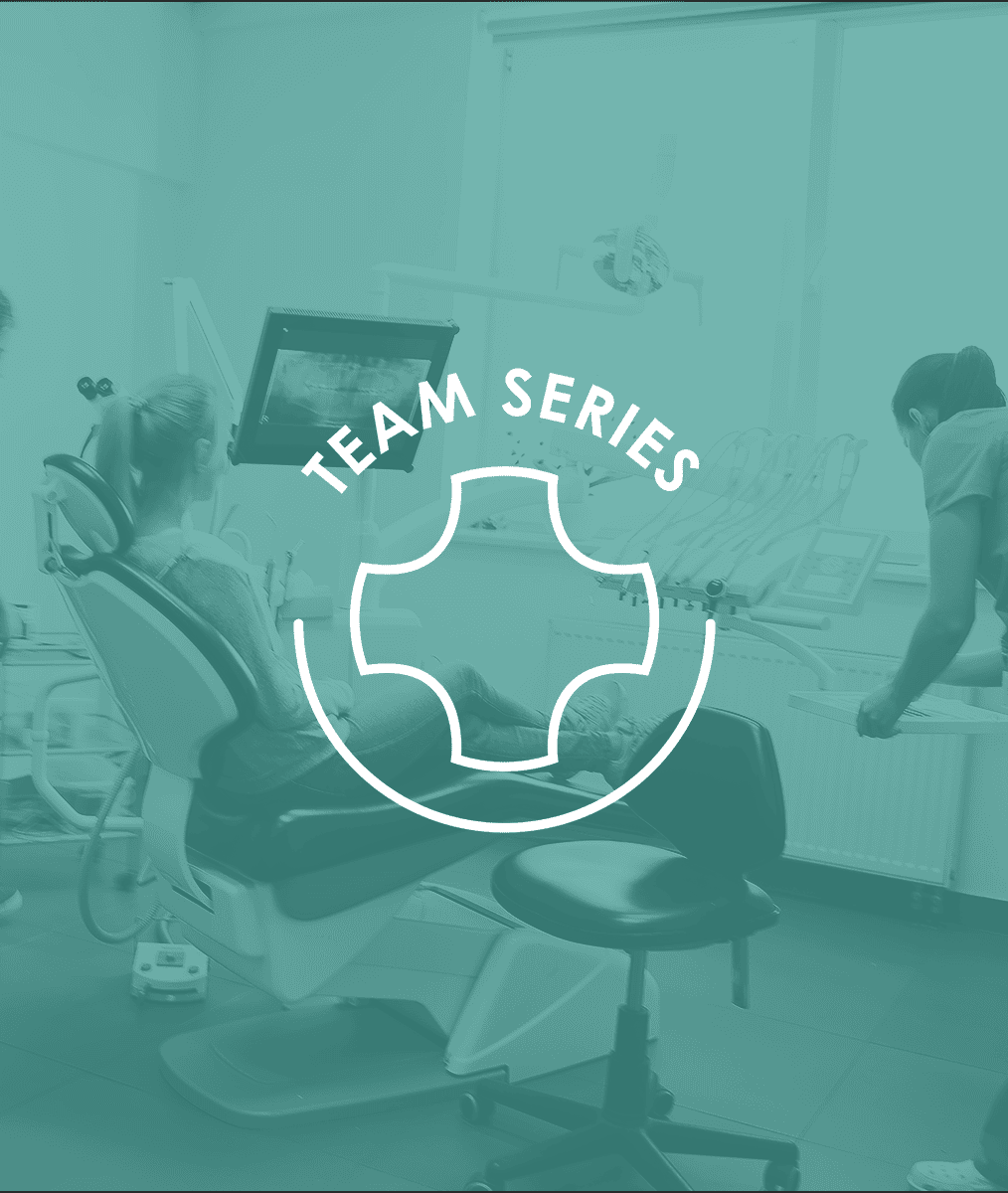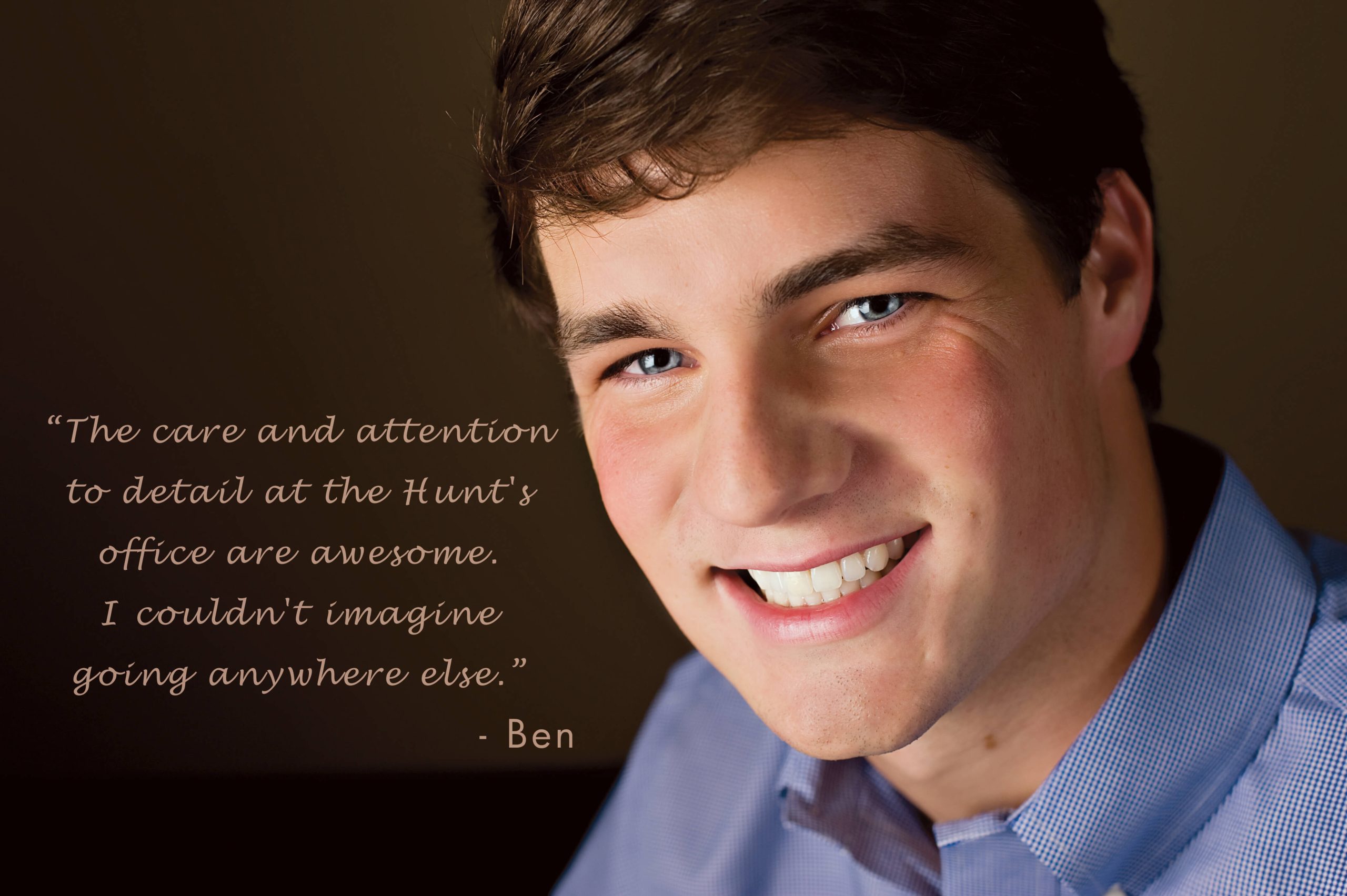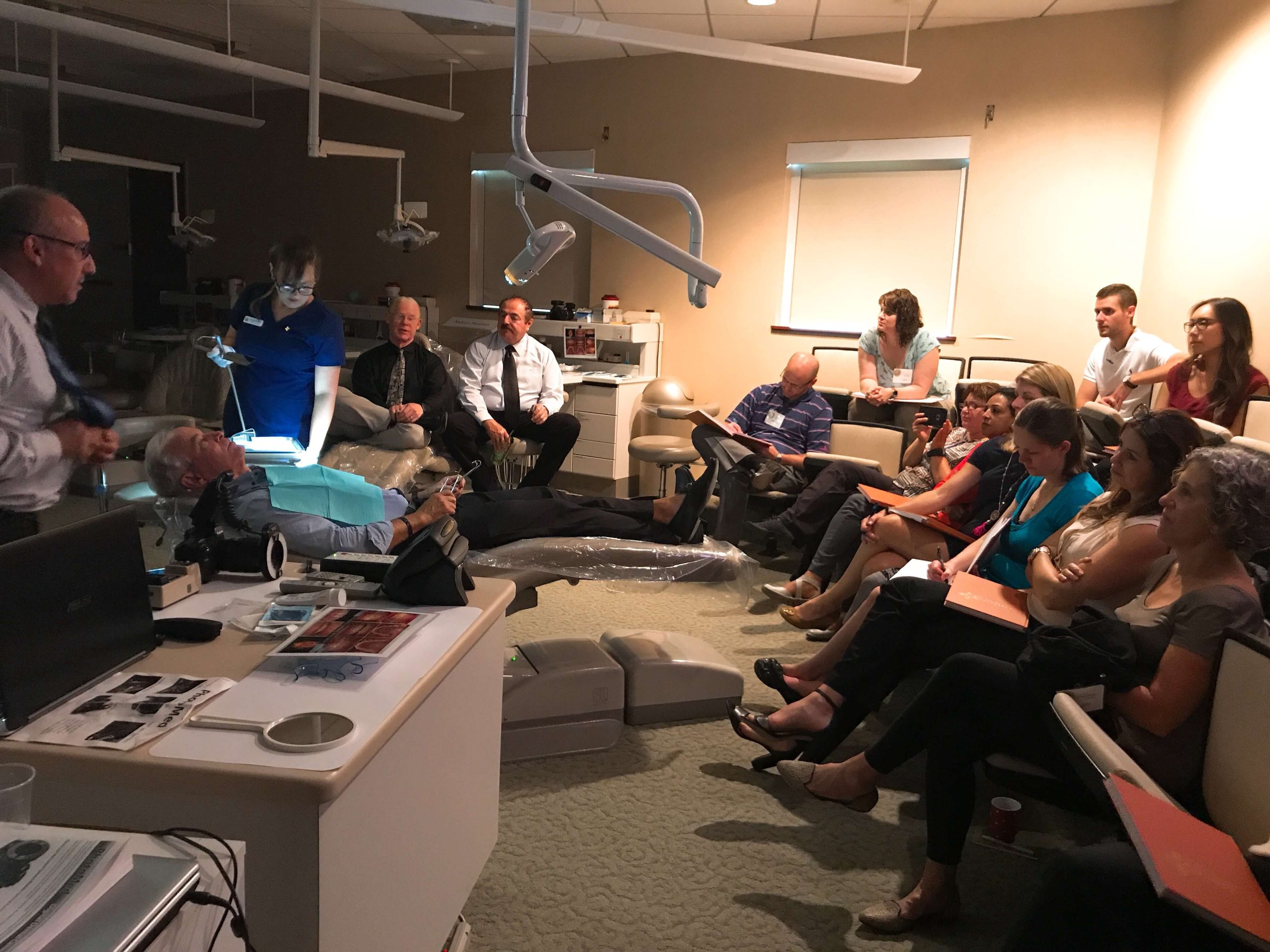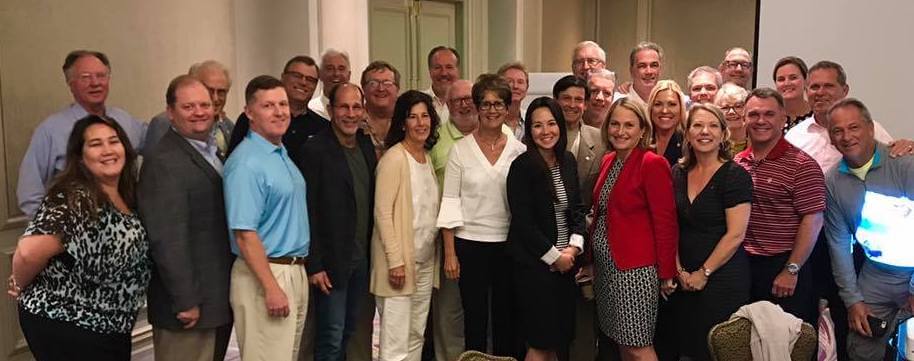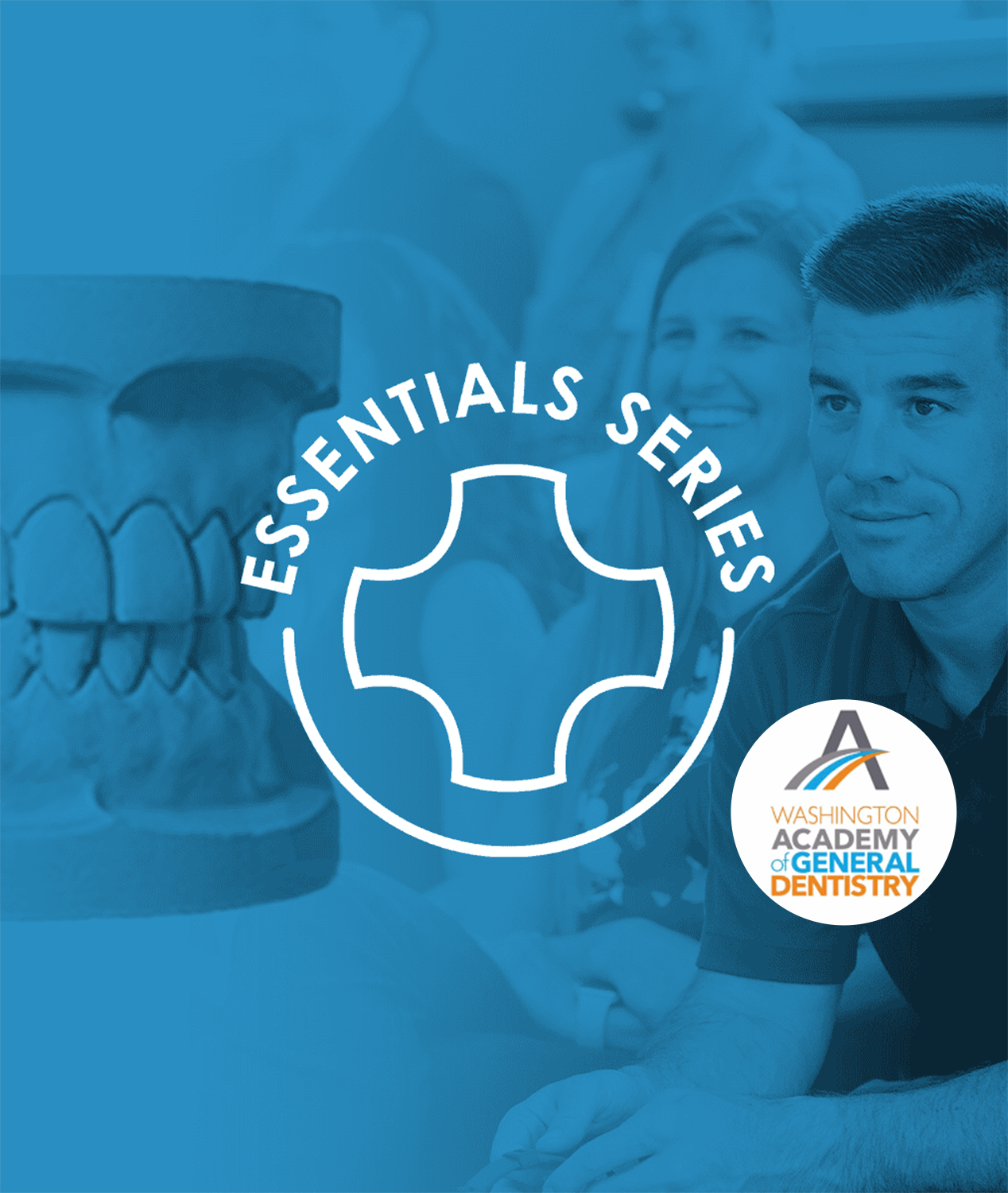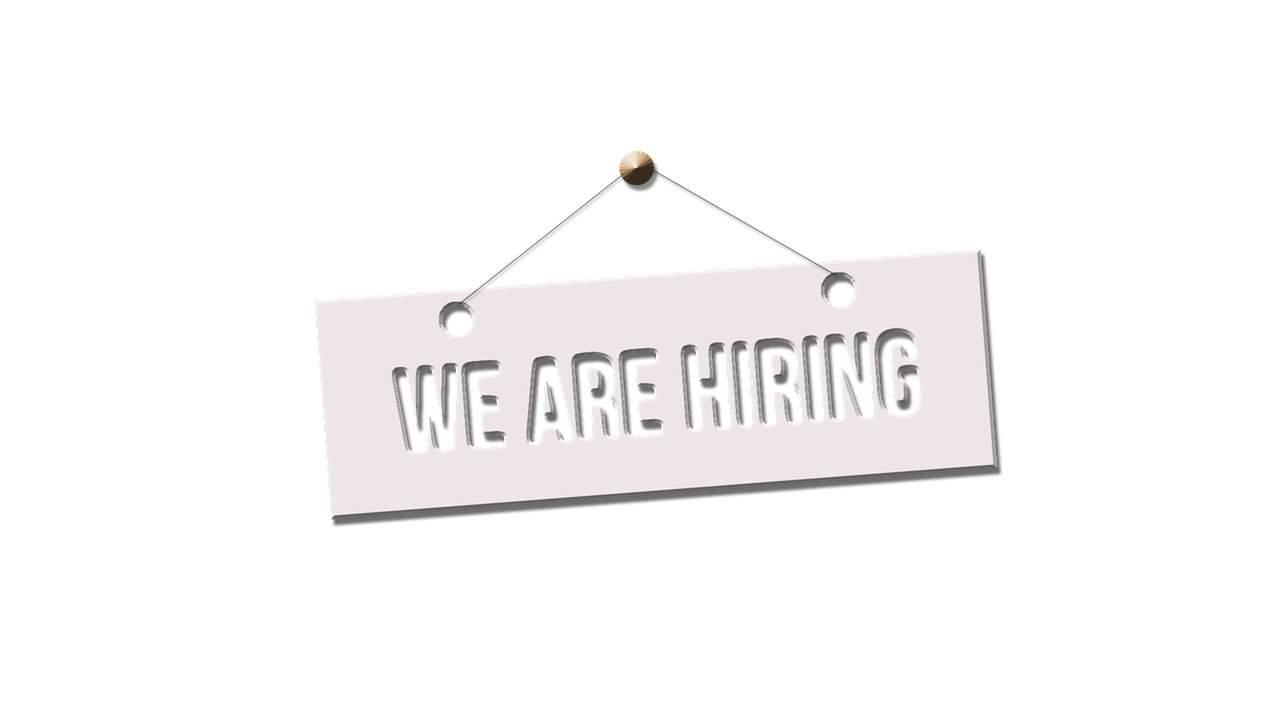Funny Things That Happen When a Dentist Has Dental Work
Having dental work done when you’re a dentist is a strange experience. It can be enlightening, frustrating, relaxing, or a combination of all three.
The phenomenon of dentists treating dentists is one fraught with more than a few commonalities…
4 Things That Happen When Dentists Get Dental Work
1. We Empathize More With Patients
When we’re the one in the chair, we experience dental work from the opposite perspective. We’re bound to think things like, ‘Geez, this grinding really does shake my head.’ What seems like no big deal as a dentist seems much more dramatic as a patient.
2. We Notice the Overlooked Details
Lying back gives us the chance to see the operatory from a whole new angle. We notice all the water spots on the light cover from the disinfrectant and the quality of the safety glasses. We’re sure to have these details checked in our own office as soon as we get return from the appointment.
3. We Get Super Controlling or Super Relaxed
For many dentists it is hard to just be the patient; we understand every little thing that is happening, but can’t keep track of the details when we are being worked on. With nothing else to do, our minds race as we review the procedure, how we do it, and how it is being done right now. We’ll wonder, ‘did they let the etch sit for exactly 25 seconds?’ or ‘did they scrub with the dentin adhesive for 15 seconds twice?’ We can’t help but hold our chosen clinician’s hand throughout the prep, despite vetting and trusting them beforehand.
Other dentists take the opposite approach. You don’t even want to think about what’s going on. For once, you don’t have to make the critical decisions.
4. We Experience Some Miscommunication Issues
Many of us squeeze our dental work in at lunch or other free time during the work day. We end up having to go back and talk to our patients numb. Often times, this creates the best conversations, as patient realize dentists have dentistry too!
What would you add to this list? We’d love to hear from you in the comments!
Related Course
How to Sell Your Best Stuff – Hint: It’s NOT the dentistry
DATE: January 17 2025 @ 2:00 pm - January 17 2025 @ 4:00 pmLocation: Online
CE HOURS: 2
Description: As dentists, our training with patients in school was all about becoming adept at the skills necessary to provide predictably successful dental procedures for them. We examined them for…
Learn More>






